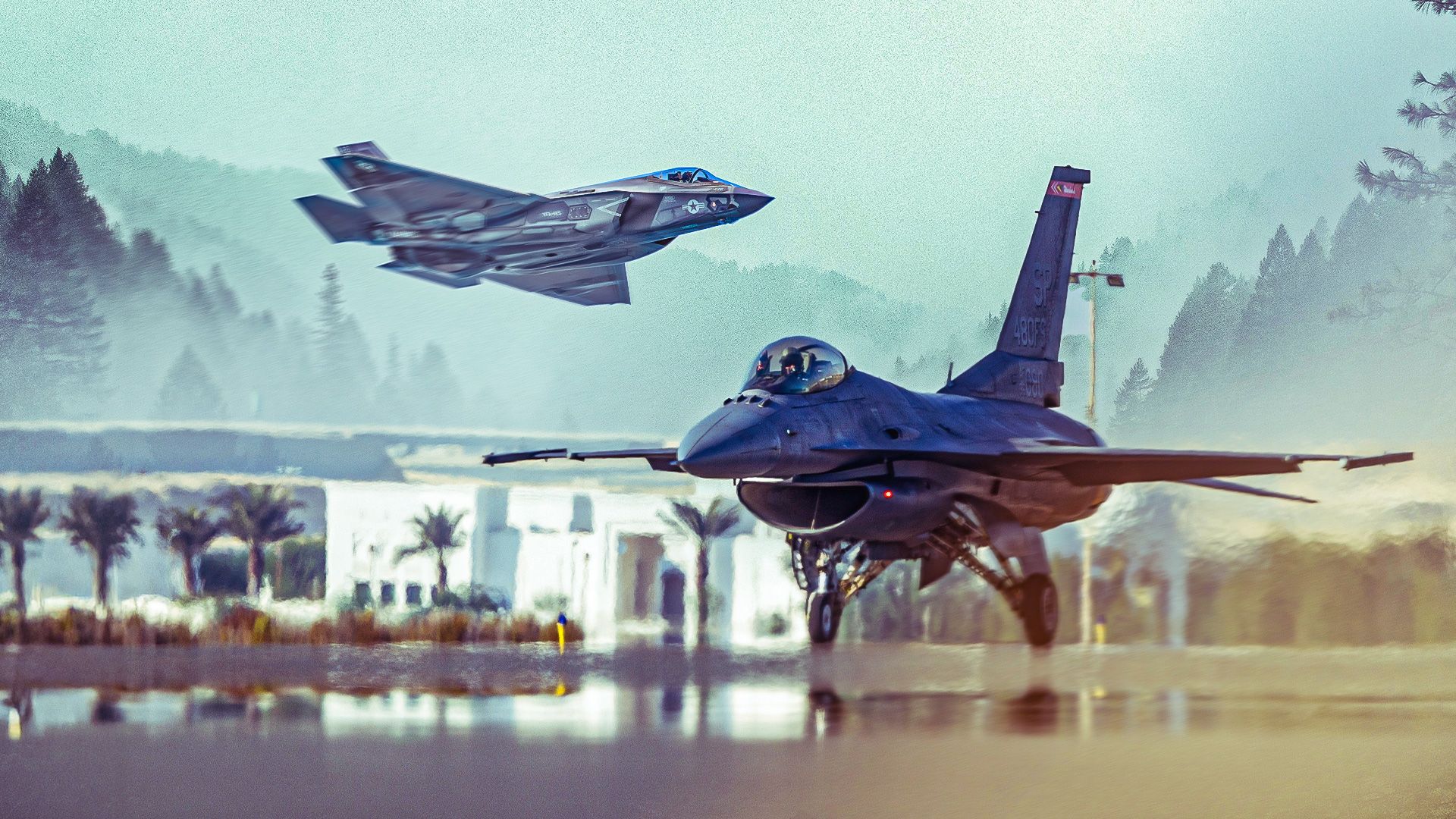The transition from the F-16 Fighting Falcon to the F-35 Lightning II is accelerating across the United States Air Force (USAF) and allied nations. As the F-16s are retired, squadrons are increasingly adopting the next-generation F-35, a shift reflecting a broader strategy to enhance aerial capabilities in contested environments. This transformation is evident in regions such as Europe, the Pacific, and the Middle East, where countries like the United Kingdom, Italy, Norway, Australia, Japan, and Israel are already operating the Joint Strike Fighter (F-35). Additional nations, including Poland, Switzerland, and Greece, have placed orders for the advanced aircraft.
A direct comparison between the F-35 and the F-16 reveals significant differences in design philosophy and operational strategy. While the F-35, nicknamed “Fat Amy,” boasts stealth capabilities critical for modern warfare, its top speed is lower than that of the F-16, known as the “Viper.” The F-35’s design prioritizes stealth, employing radar-absorbent materials and internal weapons bays to reduce its radar cross-section. This allows the F-35 to operate effectively in heavily contested airspace, where the F-16 may not survive.
Stealth and BVR Capabilities: The F-35 Advantage
The primary advantage of the F-35 over the F-16 lies in its stealth and beyond visual range (BVR) capabilities. The F-35 is engineered to ensure that air-to-air combat occurs at long ranges, allowing it to detect and engage enemy aircraft before being seen. This technological edge is complemented by advanced sensors and weaponry that enhance its effectiveness in dogfighting scenarios. Conversely, the F-16, despite its agility and speed, faces challenges in modern combat scenarios where fifth-generation fighters dominate.
Specifications of the F-16C/D highlight its multirole versatility. The aircraft can reach speeds of up to 1,500 mph and has a range exceeding 2,002 miles. It can carry a payload of up to 19,700 pounds without fuel, enabling it to engage in various missions, from air-to-air combat to ground attack. However, in a contemporary battlefield, the F-16’s advantages in dogfighting become less relevant in environments where advanced technology dictates the rules of engagement.
In contrast, the F-35 serves as a sophisticated multirole sensor platform with capabilities that extend beyond traditional fighter roles. It functions as a networked asset, sharing intelligence and targeting information with other aircraft, thereby enhancing the overall effectiveness of the mission. The F-35 is designed to enter hostile airspace to gather intelligence and establish air dominance, capable of carrying a reduced internal weapons load for stealth operations or additional munitions on external pylons when necessary.
The Evolving Fighter Mix and Future Implications
The introduction of the F-35 alters the traditional “high-low” fighter mix within the USAF. The F-16, previously the low-cost option for less demanding missions, is being supplanted by the F-35, which is designed to handle high-end threats. While the F-35 comes with a higher price tag, its multirole capabilities consolidate the functions of various fourth-generation aircraft into a single stealth package.
As military engagements evolve, the F-35’s design makes it more survivable against advanced surface-to-air missiles and enemy fighters. On future battlefields, the F-35 is expected to take the lead, neutralizing the highest threats, while legacy jets like the F-16 and F-15 Eagle support with their established capabilities.
The F-35 program, initiated under the Joint Strike Fighter (JSF) initiative, is not only significant for its operational capabilities but also for its logistical and cost efficiencies. The commonality of the F-35 airframe simplifies maintenance and supply chain processes across various military branches, fostering collaboration among international allies. For instance, at a ceremony in Sardinia on July 2, 2025, Italian Defense Minister Guido Crosetto announced plans to establish the first F-35 pilot training school outside the United States, reinforcing Italy’s role in the global F-35 program.
Despite its advantages, the F-35 program has faced criticism due to complex development processes that have led to budget overruns and delays. The total cost of the F-35 program has surpassed historical projects, including the Manhattan Project and the development of the Boeing B-29 Superfortress.
With the United States, Japan, the United Kingdom, Australia, and Italy at the forefront, the F-35 program is expanding globally. Approximately 3,000 airframes are expected to be deployed across various nations, solidifying the F-35’s position in the future of aerial combat. While more than 4,600 F-16s have been produced and continue to serve in about twenty-five countries, the gradual shift towards the F-35 represents a strategic pivot aimed at enhancing collective defense capabilities in the face of emerging threats from nations like China and Russia.
As allied air forces integrate the F-35 into their fleets, the aircraft enhances deterrence by presenting a united front and signaling a commitment to collective security in an increasingly complex global landscape.







